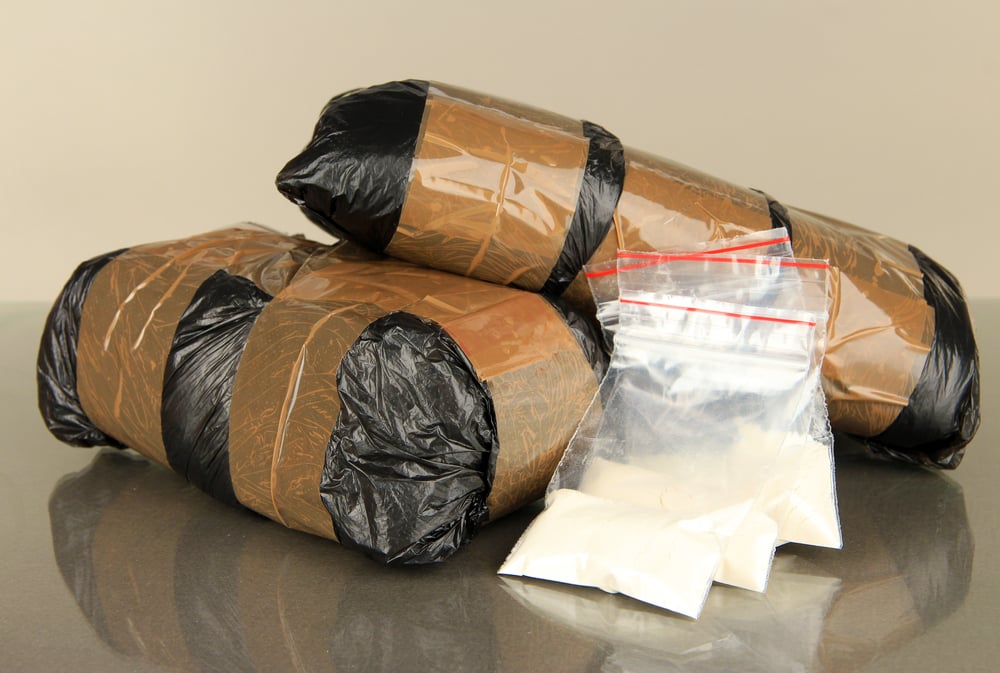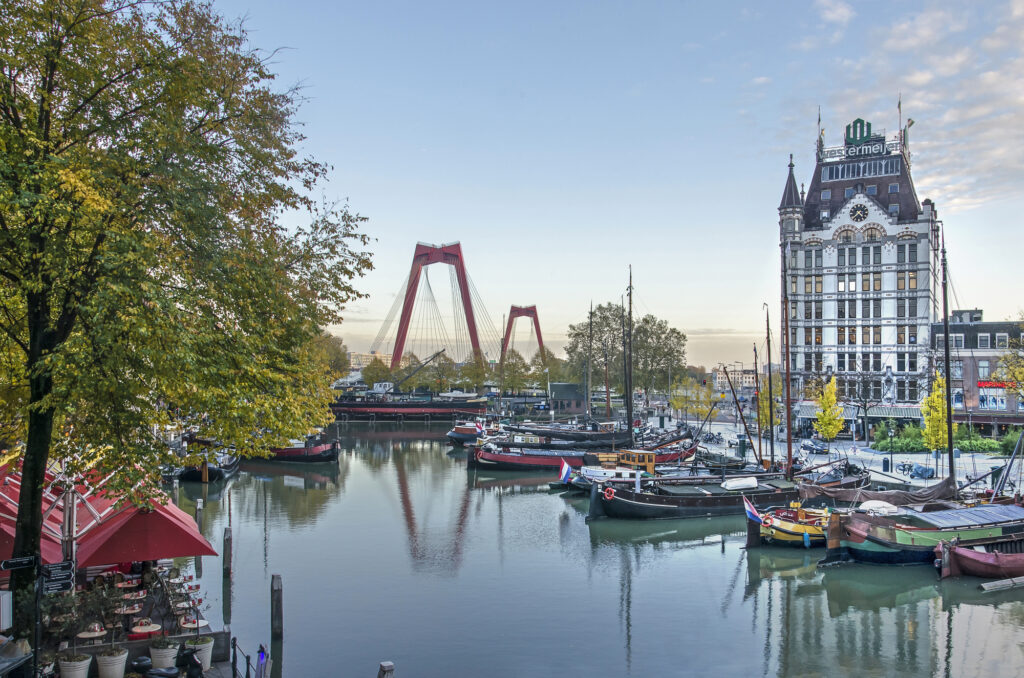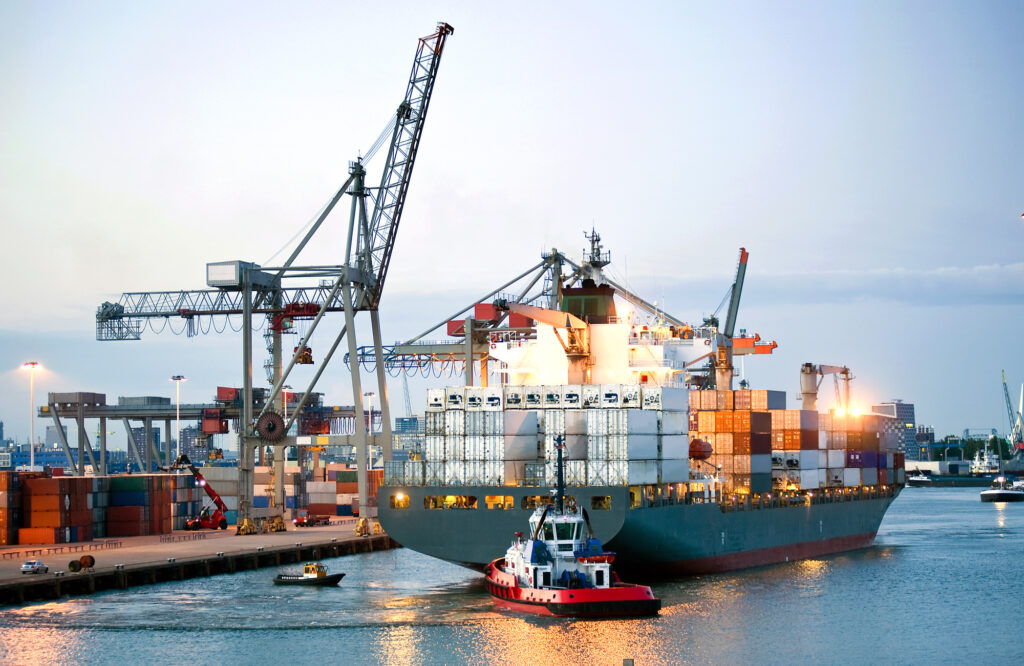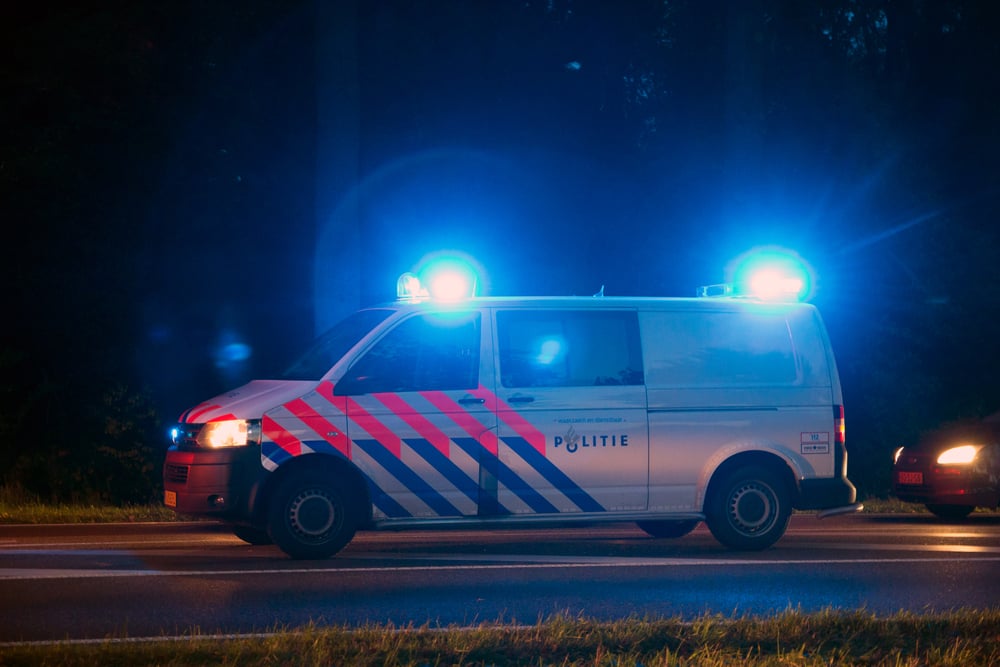When you think of the Netherlands, you probably think of bikes, dikes, and windmills — but there’s an entirely different side to our beautiful flat country as well.
In an article written for El País, writer Berna González Harbour uncovers how drug trafficking extends its presence throughout the Netherlands — and there’s a lot to unpack.
The drug issue
It’s no secret that the Netherlands has a very liberal attitude to cannabis and other soft drugs — and many tourists come to visit purely for this reason. However, it’s not all fun and games.
This open attitude has led to a serious crisis, with the production and trafficking of synthetic drugs, cocaine, and heroin nestled deep in the fabric of the country.
READ MORE | Drugs in The Netherlands: Is Holland becoming a ‘narco-state’?
One of the main players in this landscape is the Mocro Maffia — a criminal network that moves tonnes of drugs throughout the country and abroad.

Their violence has shocked the country, with high-profile murders — including that of Ridouan Taghi’s lawyer and crime reporter Peter de Vries — acting as a reminder of the mafia’s power.
READ MORE | The Netherlands’ most wanted criminal, Ridouan Taghi, arrested in Dubai
Multiple high-profile Dutch citizens, such as former prime minister Mark Rutte and Princess Amalia, have also been threatened by them.
The Mocro Maffia’s threat has left decapitated heads, torture chambers, bomb-rigged houses, and drug labs across Dutch cities, endangering young people and raising serious alarm.
Dutch youth on edge
Drug trafficking in the Netherlands has evolved into a crisis, extending far beyond the ports and infiltrating neighborhoods, schools, and even families.
A worrying trend is that teenagers increasingly end up in the scene, often lured in by the appeal of easy money and luxury items. These kids are the mafia’s “child soldiers”, as González Harbour writes.

They usually know these youngsters because they live in their neighbourhoods.
“First, they invite [a kid] to an older boy’s house, where they offer him free weed and video games. Then, they use them for their own dealings: collecting, distributing, planting bombs, stabbing, fighting,” a social worker tells El País.
READ MORE | How the Dutch deal with mentally-ill criminals: the TBS system
Eventually, “they start wearing Gucci clothes, cool sneakers, carrying two cell phones, cash. [When that happens], you already know that they’ve been caught up [in crime],” says Geke Kersten, director of a school in Arnhem.
Many of these youngsters have stab wounds on their bodies, routinely carry weapons, and are not strangers to the occasional armed robbery.
An elaborate network
Rotterdam’s former mayor, Ahmed Aboutaleb, highlights how mafias effectively integrate into society — by recruiting locals and recent arrivals to the Netherlands alike.
He and Arnhem’s mayor, Ahmed Marcouch, both Moroccan-born and dedicated to tackling the issue, are pushing for collaborative European efforts against drug trafficking. Their initiatives include strengthening international ties with port cities and visiting Latin American nations to address drug sources.
For Aboutaleb, the stakes are high in Rotterdam, where Europe’s largest port has turned into a battleground. Traffickers use the extensive container labyrinth to hide drugs, with gangs even crafting “container hotels” — camouflaged hideouts for young smugglers.

Customs workers face intense pressure, and are often threatened or coerced into sharing insider knowledge. An official from the Port Authority tells El País how this usually plays out:
“The traffickers have two ways of approaching port workers: first, they reach out gently, to see if you can be useful. If they decide that you will be, they investigate you, they find out where your children go to school, who your wife is, your parents.”
“In [another scenario], they threaten you with a gun, they put money in your pocket and they tell you: ‘You’re going to do something for me.’ You can go to the police… but you know that they’ll come back and find you.”
With the information given by port workers, the mafia goes to its child soldiers, who are ordered to sneak into the “container hotels,” where they stay until they manage to collect the drugs.
Police efforts, while earnest, often feel pointless, as more and more teenagers are joining gangs each year.
So, what needs to be done?
The drug-trafficking challenge in the Netherlands remains enormous.
Arnhem’s mayor, Marcouch, believes the public must understand the violence underpinning the drug trade. “Just like people oppose child labour in fashion, drug consumers must recognise that every gram is soaked in blood,” he insists.
Tackling the problem of organised crime in the Netherlands will require solutions that address both the roots of the issue and its current realities — and we’ve got a long way to go.

A critical part of addressing organised crime involves the efforts of the social workers and community organisations who work to keep young people away from crime.
Through mentorship programs, educational initiatives, and safe recreational activities, they create pathways that help young people resist the lure of street crime.
If you’re intrigued to learn more about the Netherlands’ other side, I highly recommend you read Berna González Harbour’s entire article here.





